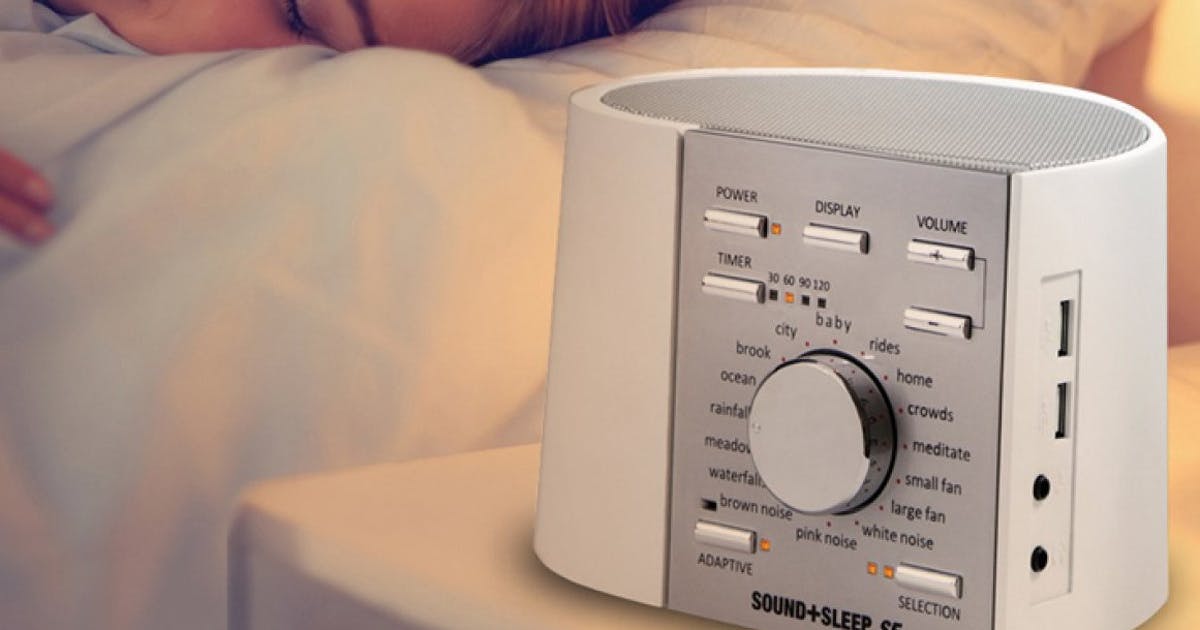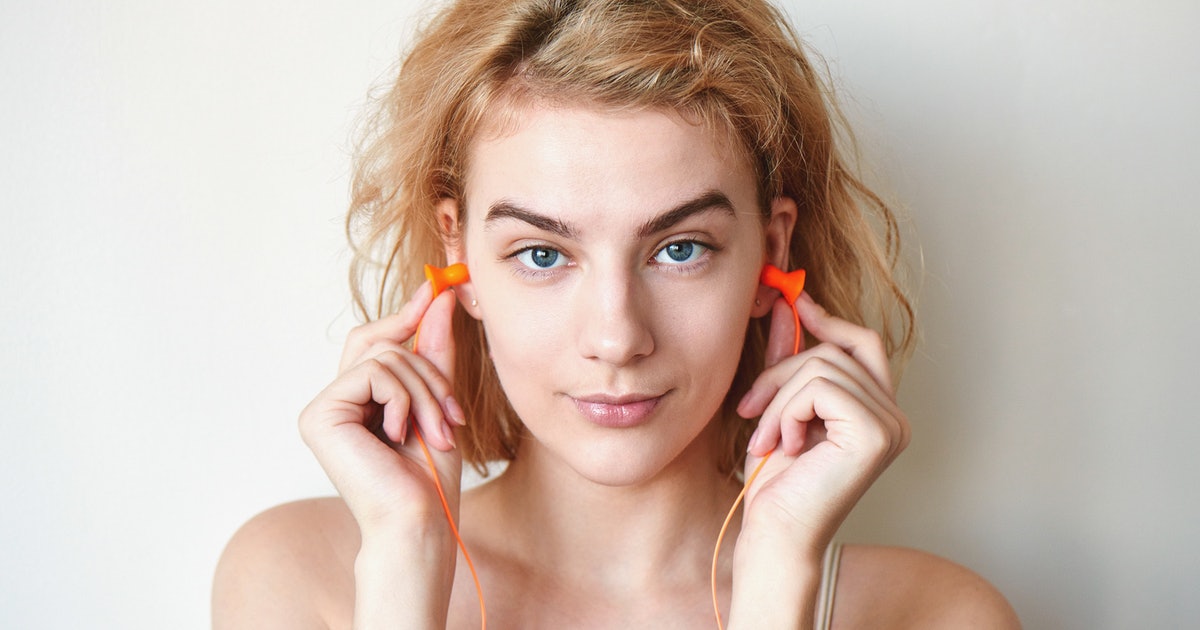Ways To Effectively Treat Catathrenia
Catathrenia is a condition that occurs when an individual groans in their sleep. The phenomenon occurs with relative rareness and hasn't been well documented so far. The groaning might be loud and often occurs every night for long periods. Though it might occur with any sleep stage, it appears to be most common with deep sleep and REM sleep. Some studies have shown subjects experience breaks in their groaning when they shift sleeping positions throughout the night. Catathrenia happens on an exhale, unlike snores, which occur during an inhale. The groans aren't related to sleep-talking and don't appear correlated with breathing issues. They also aren't correlated with bad dreams. The groaning can disturb the patient's sleeping partners though.
Learn about how to treat catathrenia now.
Use A White Noise Machine

Catathrenia doesn't appear to have any significant effect on a patient's quality of sleep. Like snoring, the condition doesn't always need to be evaluated by a specialist. Individuals who are disturbed by their partner's groaning might benefit from using a white noise machine. White noise can also come from household appliances like an air purifier, air conditioner, humidifier, or fan. Most individuals associate white noise with television static. Though this static can be irritating at high volumes, a comfortable amount of white noise can help with sleep. White noise provides a constant thrum in the background that masks sharp sounds that interrupt sleep. This makes individuals less likely to wake up due to the neighbor's dog barking, sirens in the distance, cats running around the house in the middle of the night, or their partner groaning loudly.
Get more details on methods for effectively treating catathrenia now.
Try Earplugs

Earplugs are often the first recommended course of action for individuals whose sleep is disturbed by their partner's catathrenia. The patient with catathrenia usually won't be roused by their own groaning regardless of its volume. Earplugs can block unwanted noises like snoring, groaning, and startling sounds outside the house. Just like sleep masks block out light to provide better sleep, earplugs block out noise stimulation. The majority of earplugs are constructed from silicone or foam, but there are a few made from wax. Many earplugs are designed to be used once and then discarded. If individuals do use a reusable model, they'll need to make sure to clean them every day to prevent bacterial contamination. Wearing dirty earplugs can increase the risk of developing an ear infection.
Continue reading to reveal more catathrenia treatment options.
